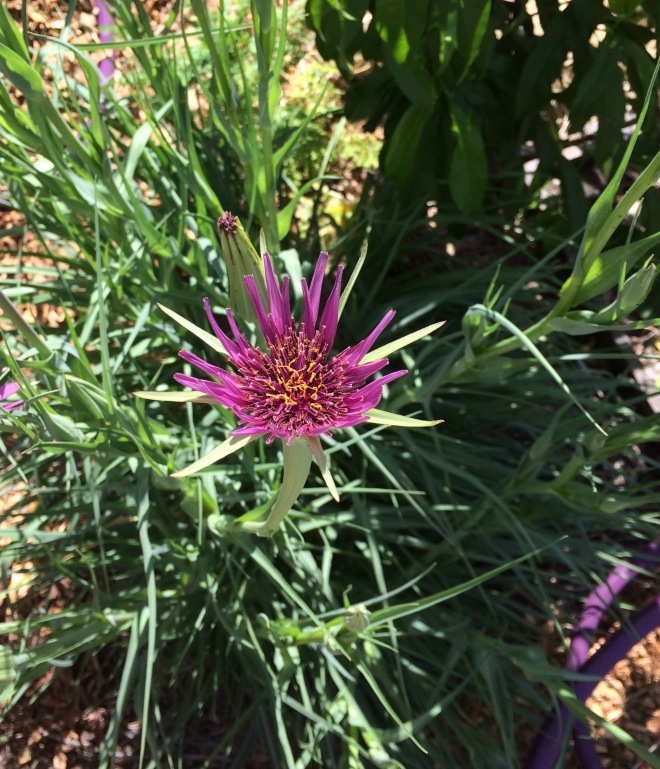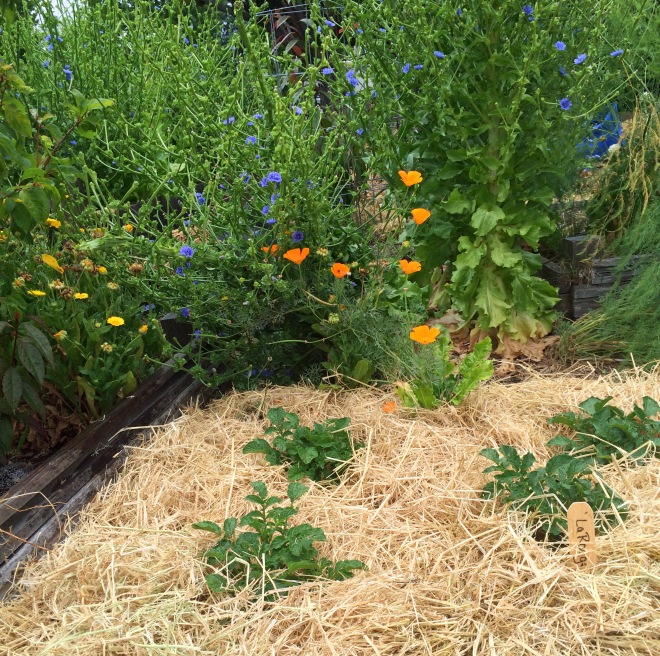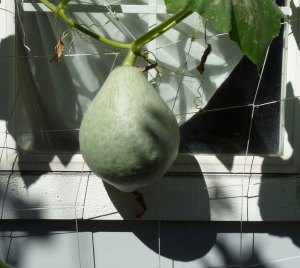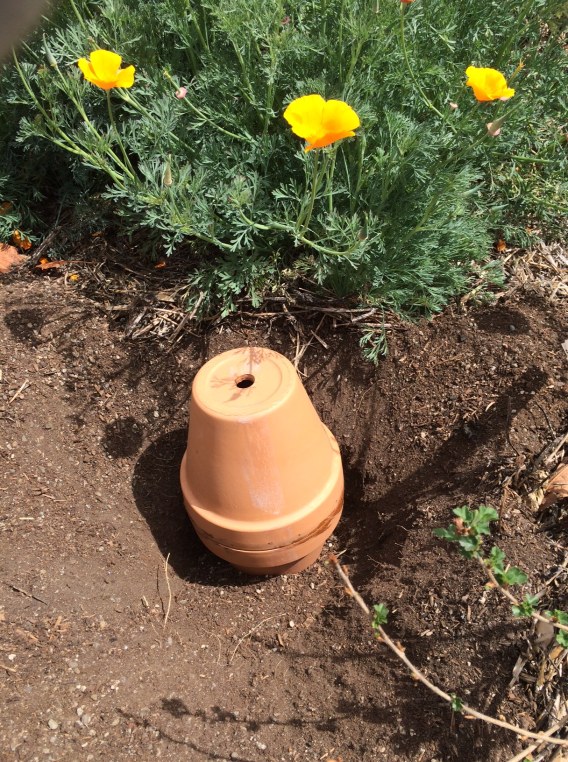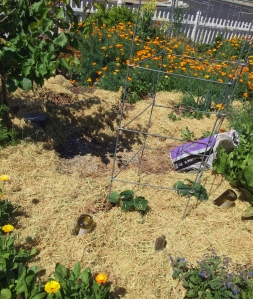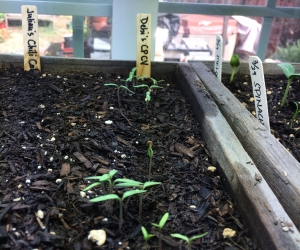Have you ever looked out at your garden and wished you could start all over with what you know now and make the whole thing again? I’ve done a couple garden remodels over the years but this season I’m putting in a brand new vegetable garden in a new-to-me gardening spot and having a lot of fun with the process.
I decided right away to use raised beds. After shopping around for a while, I’m going with the Vego raised beds. Here’s what their website has to say about the material the beds are made from
highly corrosion-resistant steel substrate, hot-dip-coated in a specialized layer of Zinc, Aluminum, and about 3% Magnesium. While Aluzinc is quite impervious, the addition of Magnesium to this formula revolutionizes the metal’s ability to resist corrosion, especially on cut or raw edges. Over time as a cut edge of the metal is exposed, the Zinc and Magnesium work together to form a protective film, sealing the exposed steel substrate and protecting it from rust and corrosion.
https://vegogarden.com/pages/feature-material
I’ll be reporting back on how they do through the seasons but I have to admit, they look nice now.

The majority of the beds in my current plan are 17″ deep, but you can see a few of the 32″ round beds for comparison. The beds are going straight onto the grass (and weeds) but they’ll get cardboard underneath before they are filled with the closest thing I could find to the ingredients of Mel’s Mix of Square Foot Gardening fame. Supply chain issues have come all the way to the garden this year but I think the mix will be close. I’ll let you know how it performs.

The black line shows the 20’x22′ space that has been fenced off for the vegetable garden. The grey boxes at the top represent the door. Green squares are the rough shape of where the garden boxes will go. The white boxes will be covered in cardboard and a thick mulch.
What are you doing differently in the garden this year? Please share what experiments you have planned and what will be new in 2022 in your garden.



